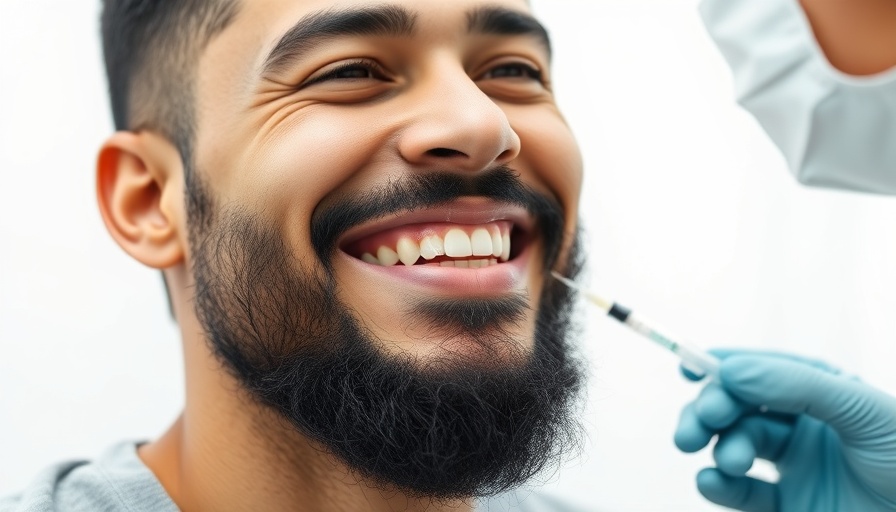
Unlocking the Secrets of Longevity: Could a Single Jab Extend Lifespan?
The quest for longer, healthier lives has taken a remarkable turn with recent discoveries from the University of Barcelona. As scientists race to uncover the mysteries behind aging, cutting-edge research suggests that a simple injection of a protein called Klotho could add the equivalent of up to 16 years to a person's lifespan. This eye-opening possibility raises exciting questions about the future of longevity therapies.
The Klotho Protein: A Breakthrough in Longevity Research
A recent study involving mice revealed that those injected with Klotho lived nearly 20% longer compared to their untreated counterparts. The average lifespan for treated mice increased from 26.3 months to 31.5 months, illustrating a promising pathway to extending human longevity. By translating this research, an 80-year-old human could potentially gain an additional 16 years of life, reflecting how significant these findings are.
Understanding the Mechanism: How Klotho Works
The magic of Klotho lies in its ability to combat various aspects of aging. Research indicates that the protein not only improves lifespan but also helps slow down the decline in muscle strength, bone density, and cognitive function. Mice receiving the Klotho injection exhibited better muscle and bone strength, along with improved bodily regeneration, showcasing how these findings could positively impact quality of life as people age.
Gender Differences in Longevity Outcomes
It's fascinating to note that while both male and female mice showed benefits from Klotho treatment, the effects differed between genders. Female mice displayed more significant improvements in muscle and bone health; however, they did not outlive their male siblings consistently. This could be attributed to various health complications, underscoring the complexity of biological aging and the need for gender-specific studies in future research.
From Mice to Men: Challenges in Translating Research
While the results from the Klotho study are promising, translating them into human applications will require extensive clinical testing. The physiological differences between species mean that while the research is encouraging, scientists must thoroughly evaluate the safety, appropriate dosages, and long-term effects of Klotho treatment in humans before it can be implemented into mainstream medicine.
The Future of Healthy Aging: What Lies Ahead?
The implications of this research are profound. If Klotho can be effectively developed into a therapy for humans, it may lead to groundbreaking advancements in healthcare, focusing not only on increasing longevity but ensuring that extended years are healthy and active. Individuals could potentially lead more fulfilling lives well into their later years, letting the pursuit of longevity materialize in practical ways.
Living Longer: Practical Steps for Health and Wellness
In the meantime, while the scientific community strives to harness Klotho's potential, there are practical steps everyone can take to promote longevity and well-being. Emphasizing healthy eating habits, engaging in regular physical activity—like resistance training and cardio—and managing stress through practices such as yoga and meditation can significantly improve one's quality of life as they age. Holistic health approaches that encompass nutrition and fitness help in creating a balanced framework for living longer and healthier.
Ultimately, understanding these developments is crucial for making informed decisions about health and wellness. With knowledge comes power, and by adopting healthy habits now, individuals can lay the foundation for a longer, more vibrant life in the future.
 Add Row
Add Row  Add
Add 




Write A Comment